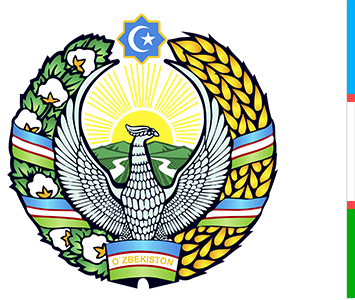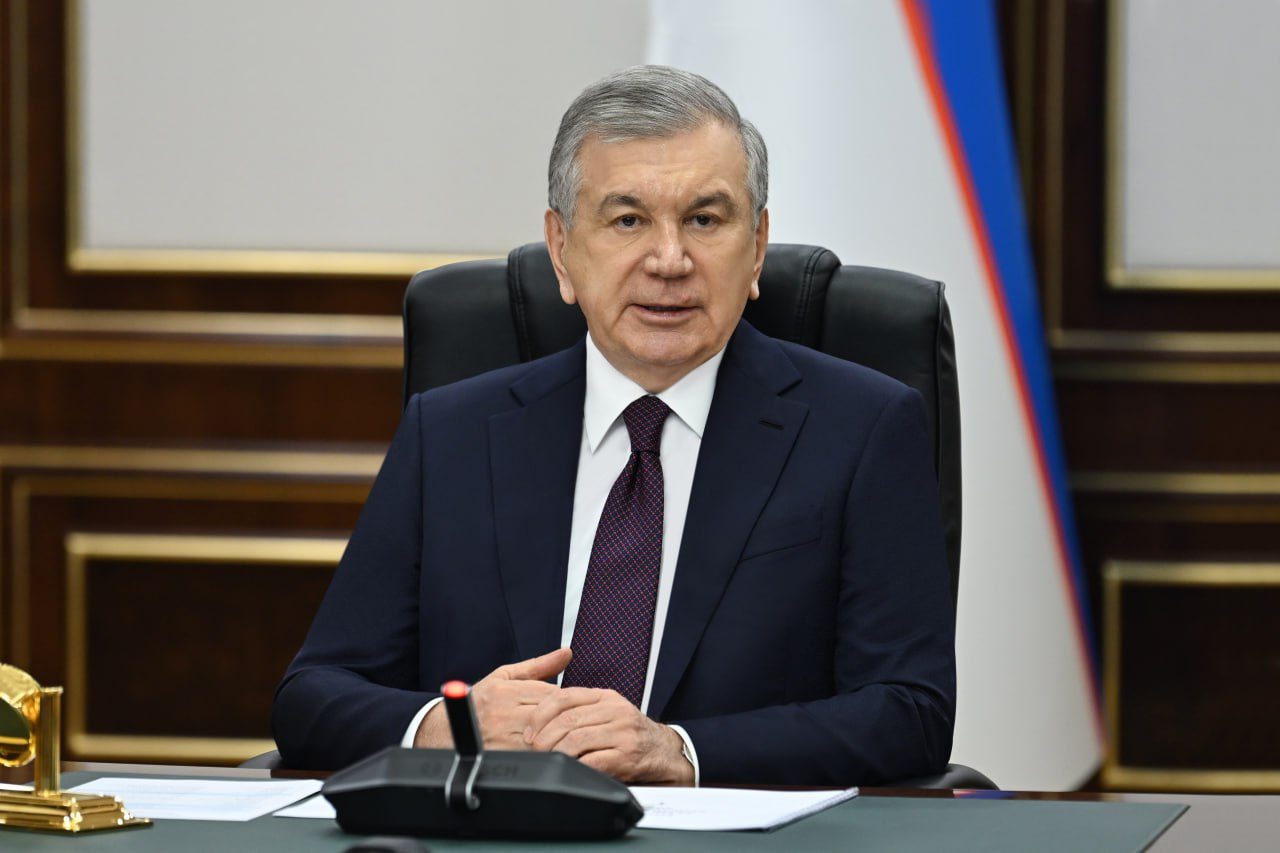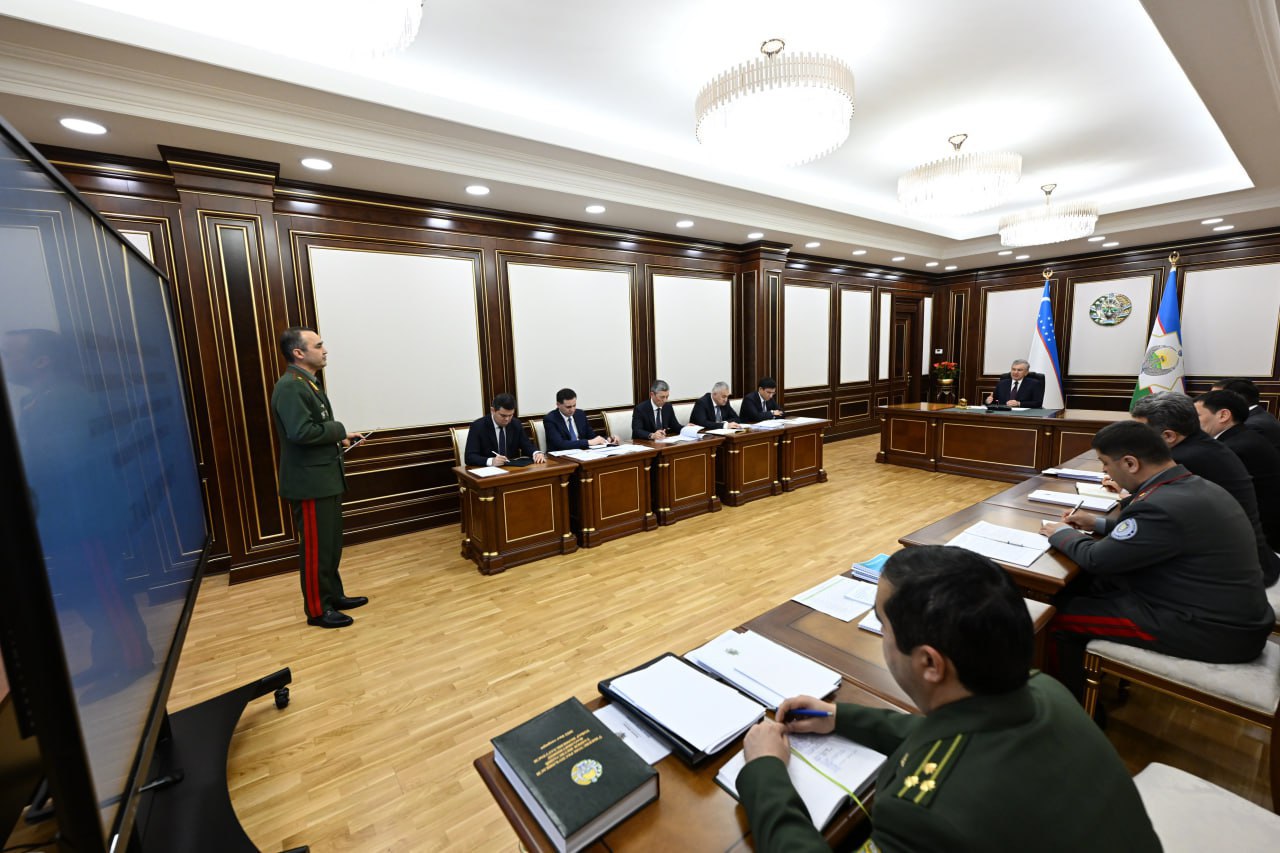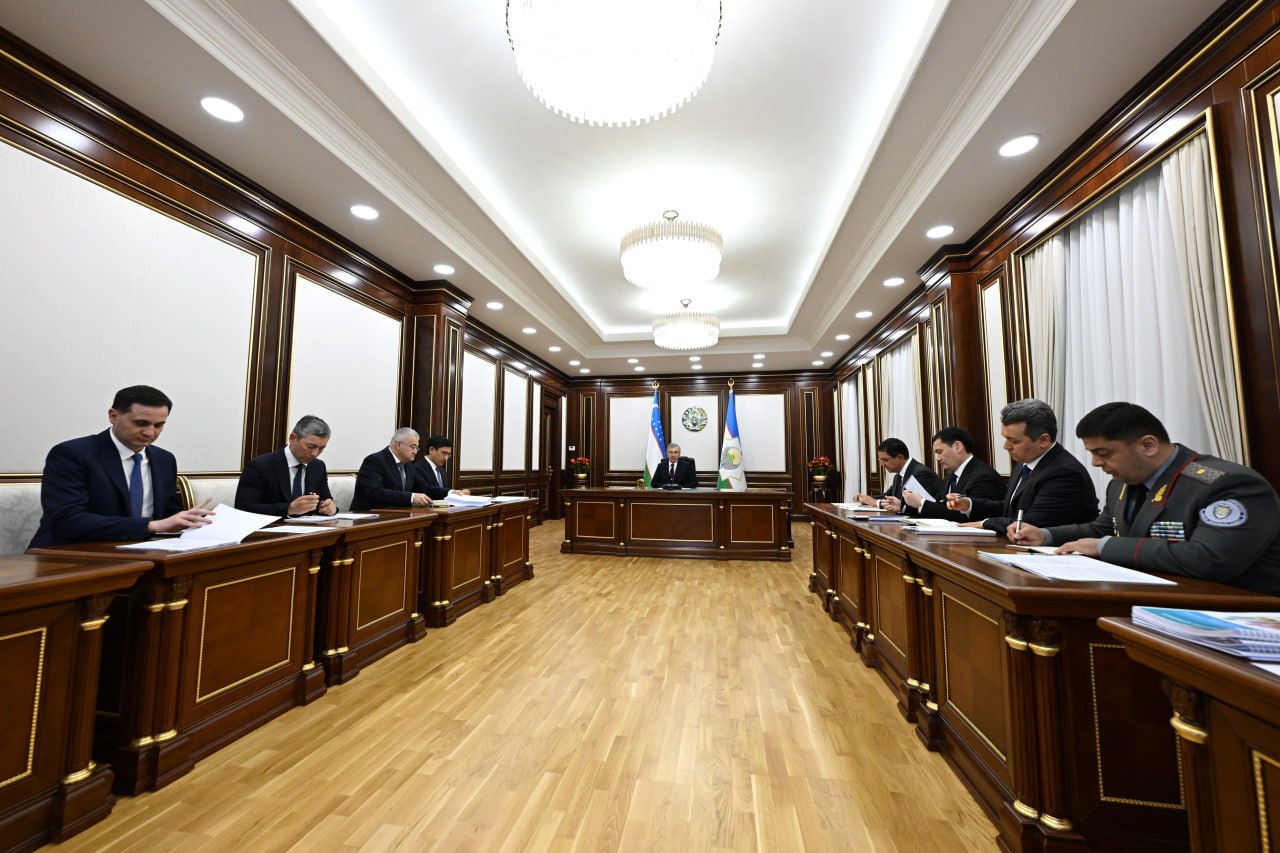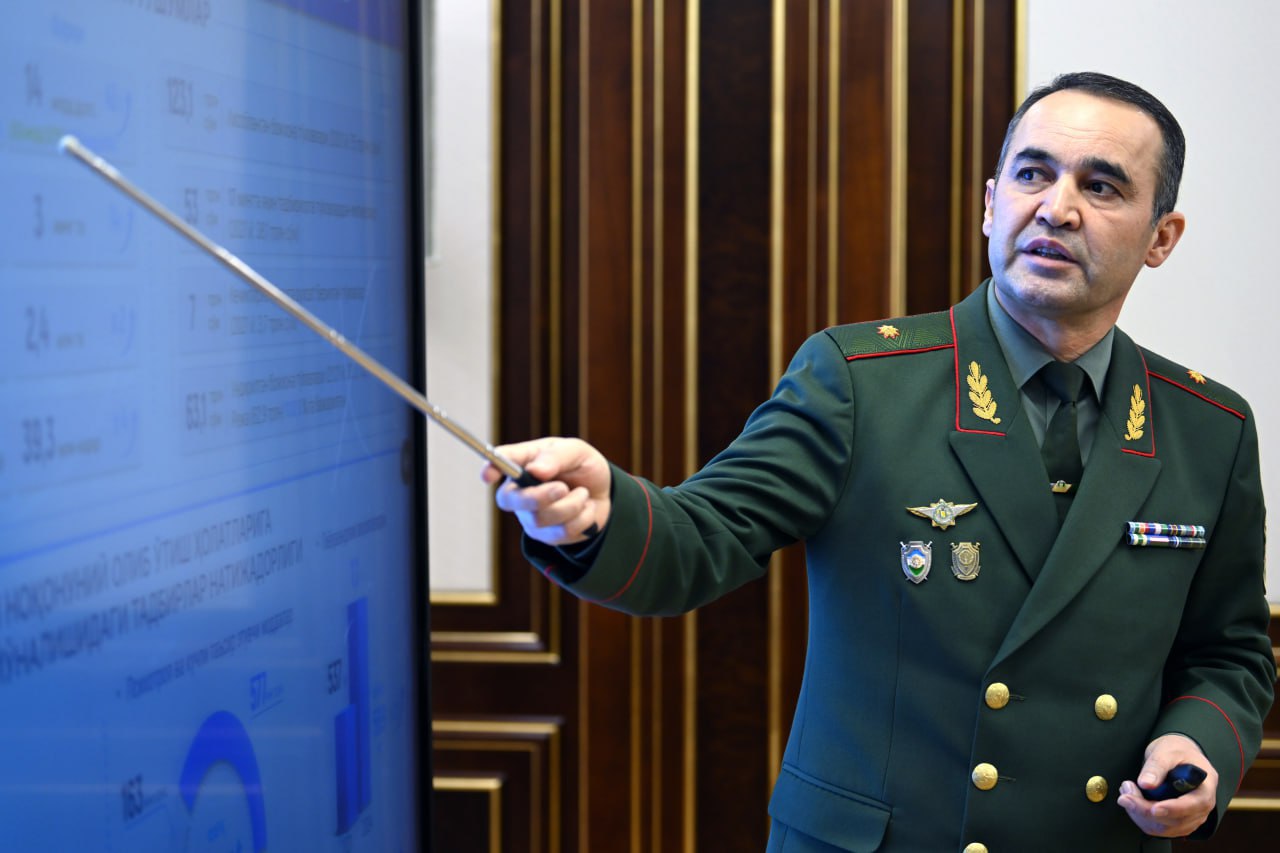
24.02.2025
On February 24, President Shavkat Mirziyoyev reviewed a presentation on the improvement and digitalization of the customs system.
Significant work has been done in the customs sphere to improve regional and international economic ties. Preliminary information exchange with nearly ten countries has been established, and customs clearance and data processing centers have been set up. Terminals have been built at four major customs posts, and more than 20 posts have been upgraded with new equipment. Thirty-five information systems have been introduced for entrepreneurs, and the export procedure has been reduced from nine to three stages.
As a result, the number of vehicles crossing the border increased eightfold, reaching almost 5 million. Budget revenues increased ninefold and last year exceeded 63 trillion soums. The time for cargo clearance was reduced to three hours for imports and 20 minutes for exports.
In general, due to the simplification of procedures, almost 6 thousand exporters and about 20 thousand importers were able to significantly save money and time. Uzbekistan rose from 140th to 74th place in the international customs logistics ranking.
Nevertheless, a number of challenges remain to further digitalize, accelerate processes and improve convenience. During the presentation, measures to address these issues were discussed.
In recent years, the possibilities for processing goods in the customs zone have been significantly expanded, thanks to which the share of such goods in exports exceeded $1 billion. Further simplification of this regime will allow to increase the figure to $1.5 billion already this year.
Considering the growth of trade and tourism ties with neighboring countries, a twofold increase in passenger and vehicle traffic across the border is expected. This requires the creation of additional infrastructure and increasing the capacity of customs checkpoints.
In particular, in order to increase international transportation, it is planned to introduce a system of preliminary obtaining information on passengers on bus flights, similar to air transportation. This will allow speeding up border crossing and halving the time of bus clearance. In addition, a system of “red” and “green” corridors for cars and buses is proposed to be introduced as an experiment at the largest customs checkpoints.
Special attention is paid to the wide application of artificial intelligence technologies in customs surveillance. To this end, a risk analysis system will be improved with the support of World Bank specialists. It will assess the level of reliability of entrepreneurs according to 122 criteria, including financial stability, tax debts and trade history. In addition, X-rays of goods will be analyzed with the help of artificial intelligence to automatically identify risks.
The Head of State approved these proposals and noted the need to create even greater convenience in the customs sphere, prompt service for businessmen and tourists. The task was also set to bring the customs legislation in full compliance with the requirements of the World Trade Organization within the framework of the process of joining this organization.
The importance of increasing the capacity of the Customs Institute, training qualified personnel in the field of artificial intelligence, digital technologies and risk analysis, expanding dual education and improving the organization of practices in the customs sector was pointed out.
